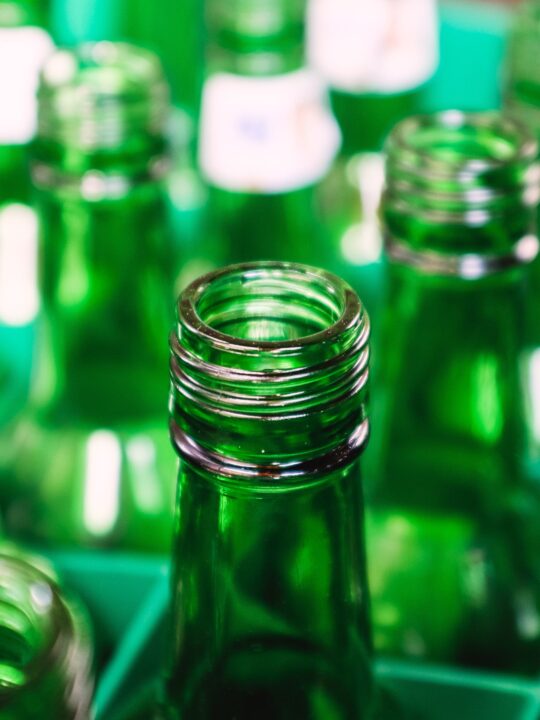What if… alcohol brands can win during Dry January?

It’s January. It’s raining. It’s cold. It’s dark. If things weren’t glum enough already, why not give up some of life’s few remaining pleasures for a month?
With a New Year comes a New Everyone – for a couple of weeks at least. Whilst we cling to newfound commitments to cut down, quit, change and improve various aspects of our lives, there’s one customary tradition that, by its very nature, tends to last the entire month – Dry January.
In fact, 1 in 9 of us will be planning to participate in this annual alcoholic abstention, which equates to 9 million adults across the UK. That’s a big behavioural shift, and a big chunk of the population for alcoholic drinks companies to lose for a month.
But what if alcohol brands could still win during Dry January? In order to understand and predict how consumers will be thinking and shopping this month, they should consider the bias at play influencing behaviour, as people look for a reset this month.
Utilising the COM-B model, we can see how brands can help consumers navigate dry January without breaking habits for when normal service resumes in February. A great brand that offers both options is a “win-win”. Understanding the context around buyer decisions will ensure brands truly understand between what people say they will do during this month, and what they will actually do.
Capability
This comes down to – “are people capable” of buying non-alcoholic drinks? Over the past few years, ‘no and low’ options have grown exponentially, and drinkers have noticed. They have grown their knowledge and know what they like and don’t like. This has been learnt from trial and error in both the home and increasingly out of home, where non-alcoholic options are getting better and better at replicating their alcoholic siblings.
Opportunity
This is where “people have the opportunity” to buy a non-alcoholic drink, and there’s simply more of it available. In the off-trade, supermarkets now have large, dedicated shelves full of options, some even having special “no alcohol” fridges. The big brands are producing their own versions, and it is simply there to buy. In the on-trade, pubs and bars can no longer get by with having a couple of dusty Kalibers or Becks Zeros hidden at the bottom of a fridge. They have different cans, bottles and even draught options. With spirits and wines also getting the new zero percent treatment, nothing is being left behind.
Motivation
“People are motivated” to buy, especially at times of the year when they want to cut back. Dry January has been around for years, so the motivation has generally increased over time. Many are looking to offset a hedonistic December where they may have felt they’ve had that “extra glass of sherry” or had a couple of “impromptu” nights out. It is a time to “get fit” or “lose weight” and, for many, cutting back or stopping drinking is an easy way to reduce calories and save money.
Behaviour
The COM leads to the B that we see exercised. We see people putting down the Heineken and heading for the Heineken 0.0%. Zero has become an acceptable, habitual choice.
So, how can brands win?
- Make the experience as good as possible. Look to offer people the perfect serve/the same serve they would get from their alcoholic equivalent. Get to the root of what it is that really pulls people in from a brand perspective.
- In bars, people want to have a drink that looks and feels alcoholic. It helps them to “fit in”, and as ‘no and low’ is more socially acceptable now, it is easier to have a drink that doesn’t scream “I’m not drinking!” Make the switch easy.
- Beer is leading the way but there is opportunity for spirits, ciders and wine. Explore the opportunities in unexplored areas.
- There is some pushback on the cost, especially with the spirits. However this is where clever story-telling can let your audience know about the quality of the ingredients and the expertise to get the flavour whilst removing the alcohol.
- The key is to keep the brand top of mind. This is where the “big boys” are owning the space. 0.0% is something that drinkers are asking for – they want to have something that tastes and looks good.
To summarise, a strong brand that understands consumer behaviour in January can remain top of mind. The first beer in February, for many, will probably be the most enjoyable this year. Don’t just ask people what they think they will do, what they think they will buy, and why they think they will buy it. A behavioural approach allows brands to unpick the biases influencing purchase decisions to ensure that they remain first choice, in Dry January and the rest of the year. We’ll drink to that.

 Back to articles
Back to articles

